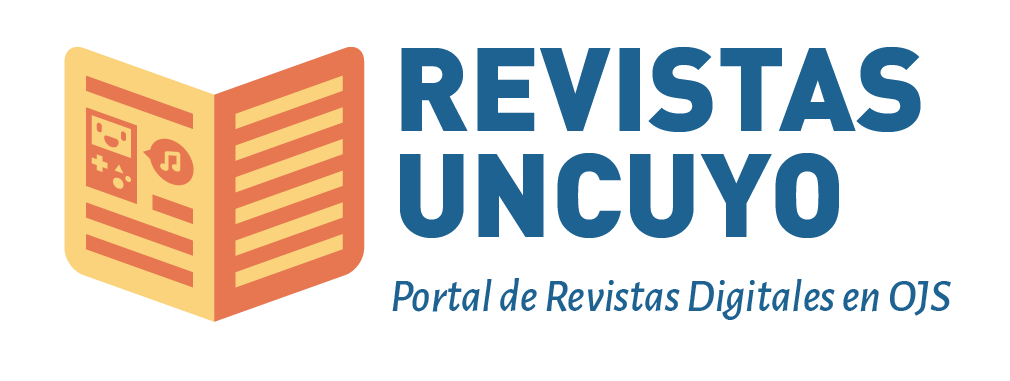Use of Histology and Embryology books in printed and digital formats by first-year Dentistry students
Keywords:
Textbooks, histology, embryology, learningAbstract
Dental students base their theoretical learning of histology and embryology concepts on books, both printed and electronic versions. It is likely that they also resort to other sources of information that are not always reliable. The purpose of this study was to explore the use of scientific histology and embryology textbooks and other sources of information by first-year dental students to complete a series of specific topic guides.
A Linkert style structured questionnaire was utilized to gather information on respondents' preferences for using printed or digital textbooks as well as other online resources. The sample consisted of 63 first-year dental students, to whom the objective of the study was explained and who were invited to participate anonymously and voluntarily.
The results showed a 57% preference for printed text books over 32% who resorted to the digital version. The conclusion is that students will continue to use the printed text book and will increasingly resort to the electronic format as long as they have access to the technology necessary for its use.
References
Bañuelos Márquez, A. M. (2018). Los libros electrónicos como material de apoyo a la enseñanza: ¿Nuevo desafío en la cultura digital universitaria? Recuperado de: https://encuentros.virtualeduca.red/storage/ponencias/argentina2018/QDmbb7Dw4FJaX0WXhesyuVJkYQDWkTH45AqEMZRQ.pdf
Allcott, L. (2021). Reading on-screen vs reading in print: What'sthedifferenceforlearning? National Library of New Zealand.
Galina Russell, I. (2002). La lectura en la era digital Biblioteca Universitaria, vol. 5, núm. 1, enero-junio, 2002, pp. 11-15 Universidad Nacional Autónoma de México Distrito Federal, México. Biblioteca universitaria, 5(1), 11-15.
Abuloum, A. M., Farah, A., Kaskaloglu, E., &Yaakub, A. (2019). CollegeStudents’ Usage of and PreferencesforPrint and ElectronicTextbooks. International Journal of Emerging Technologies in Learning (IJET), 14(07), 80. https://doi.org/10.3991/IJET.V14I07.9871
McKie, A. (2020). Majority of studentsstillpreferphysicalbooks, surveyfinds. March 5, 2020. Recuperado de:https://www.timeshighereducation.com/news/majority-students-still-prefer-physical-books-survey-finds
Parsons, K. M. (2014). What are theythinking? Dental assistingstudents’ feelingsabout e-books. TechTrends, 58(2), 78-86. https://doi.org/10.1007/s11528-014-0738-5
Tlili, A., Zhao, J., Yang, K., Wang, Y., Bozkurt, A., Huang, R., Bonk, C. J., &Ashraf, M. A. (2022). Goingbeyondbookstousing e-books in education: A systematicliteraturereview of empiricalstudies. InteractiveLearningEnvironments, 1-25. https://doi.org/10.1080/10494820.2022.2141786
Baron, N. S. (2021). Howwereadnow: strategicchoicesforprint, screen, and audio. Oxford UniversityPress.
Shen, J., Qi, H., Chen, Y. et al.(2022). Incorporatingmodifiedteam-basedlearninginto a flippedbasic medical laboratorycourse: impactonstudent performance and perceptions. BMC MedEduc 22, 608. https://doi.org/10.1186/s12909-022-03676-1
Craig, S., Tait, N., Boers, D., &McAndrew, D. (2010). Review of anatomyeducation in Australian and New Zealand medical schools. ANZ journal of surgery, 80(4), 212–216. https://doi.org/10.1111/j.1445-2197.2010.05241.x
Downloads
Published
Issue
Section
License
Copyright (c) 2023 Walther David Zavala Rinaldi

This work is licensed under a Creative Commons Attribution-NonCommercial-ShareAlike 3.0 Unported License.
Atribución-NoComercial-CompartirIgual 3.0 No portada (CC BY-NC-SA 3.0)
Usted es libre de:
- Compartir — copiar y redistribuir el material en cualquier medio o formato
- Adaptar — remezclar, transformar y construir a partir del material
- La licenciante no puede revocar estas libertades en tanto usted siga los términos de la licencia
Bajo los siguientes términos:
Atribución — Usted debe dar crédito de manera adecuada, brindar un enlace a la licencia, e indicar si se han realizado cambios. Puede hacerlo en cualquier forma razonable, pero no de forma tal que sugiera que usted o su uso tienen el apoyo de la licenciante.
NoComercial — Usted no puede hacer uso del material con propósitos comerciales.
CompartirIgual — Si remezcla, transforma o crea a partir del material, debe distribuir su contribución bajo la lamisma licencia del original.





